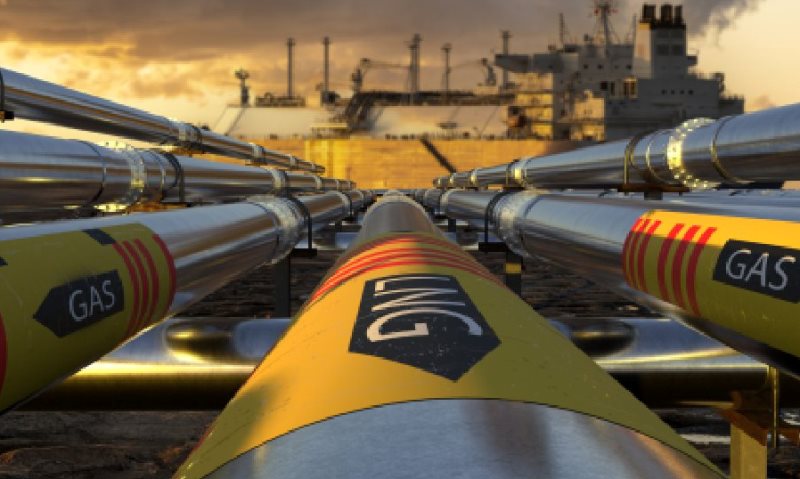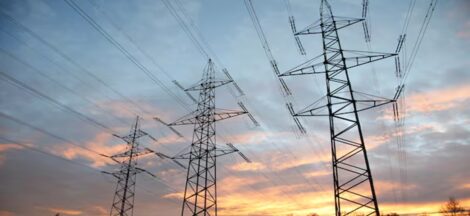NEW DELHI: India’s demand for spot cargoes of Liquefied Natural Gas (LNG) is expected to reduce as importers shift towards medium and long term contracts over the next two years, as a result of multiple deals that come into effect as early as next month, S&P Global Commodity Insights said on Thursday.
But the higher reliance on term contracts could be poorly timed as the market expects a flush of new supply that could drive spot prices lower, leaving Indian buyers exposed to more expensive contracted LNG, it pointed out in a note.
The new supply and purchase (SPA) agreements kicking into effect in April include a five-year deal between state-owned GAIL and QatarEnergy for one cargo per month and state-owned Bharat Petroleum Corp Ltd’s (BPCL) contract with Abu Dhabi National Oil Co (ADNOC) for at least six cargoes per year for a five-year tenure.
“These contracted volumes are cheaper than current spot LNG prices of around $13/MMBtu and the forward curve for LNG in 2025 and 2026, but they will become more expensive for buyers when spot prices fall from 2027 onward as more supply hits the market,” S&P said.
The pricing for the two contracts is similar with a slope of 115-121 per cent to Henry Hub prices, with a constant of $5.6-$5.8 per Metric Million British Thermal Unit (MMBtu), Platts, part of S&P Global Commodity Insights, reported earlier.
Asian importers have historically used oil slopes, calculated as a percentage of crude oil prices, as a proxy to price LNG contracts from a time when the LNG market was nascent, and buyers were looking to substitute oil products in the downstream market.
But unlike other major buyers such as Japan and South Korea where imported gas mostly goes into the power sector, India’s downstream demand profile is unique given that 35 per cent of LNG demand is feedstock for industries like fertiliser production, S&P’s note said.
About 29 per cent is for industrial use, 11 per cent is for transport, 10 per cent is for power generation, and the remaining is used in refineries, residential and commercial sectors. Many downstream LNG consumers do not lock in demand for several years, S&P said.
Heavy marketing efforts by Middle East suppliers and geopolitical pressure from the US under the Trump administration are also forcing companies to sign long-term contracts, S&P said. Last month, Petroleum and Natural Gas Minister Hardeep Singh Puri said India will have access to as much natural gas it needs in 18-month. Ongoing strategic investment into assets abroad, alongside gas purchases would ensure this, the Minister had said on the sidelines of the India Energy Week (IEW).
At the same event, the International Energy Agency (IEA) had said natural gas consumption in India is projected to grow by nearly 60 per cent to 103 billion cubic meters (bcm) annually while gas imports will double by 2030.
The global body had also pointed out the gap between contracted LNG supply and projected LNG requirements is set to widen significantly after 2028, leaving India more exposed to the volatility of the spot LNG market unless additional LNG contracts are secured in the coming years
According to global energy data and analytics provider Wood Mackenzie, Indian LNG buyers sought to renew and sign new long-term LNG supply and purchase agreements (SPAs) for a total of 14.7 million metric tonne per annum (mmtpa) in 2024.
Spot LNG imports almost doubled to more than 110 cargoes during the year to plug the gap between rising demand and shrinking production. While the contractual LNG volume sat at around 22 mmtpa in 2024, it will surpass 27 mmtpa in 2026 with the addition of the SPAs signed in 2024, the company said last month.
Qatar and the United States, the two largest producers globally, currently supply India with LNG through multiple contracts. Third largest producer Australia mostly supplies China. About half of India’s local gas demand is met through imports. On the other hand, while gas meets only 6.7 per cent of India’s energy needs, the Centre has been planning to raise this figure substantially, in order to reduce the dependence on petroleum.
Source: Business Standard




 India Inc’s Attrition Rates In 2024 Hit Lowest Point Since 2020 Amid Subdued Hiring Slowdown
India Inc’s Attrition Rates In 2024 Hit Lowest Point Since 2020 Amid Subdued Hiring Slowdown 